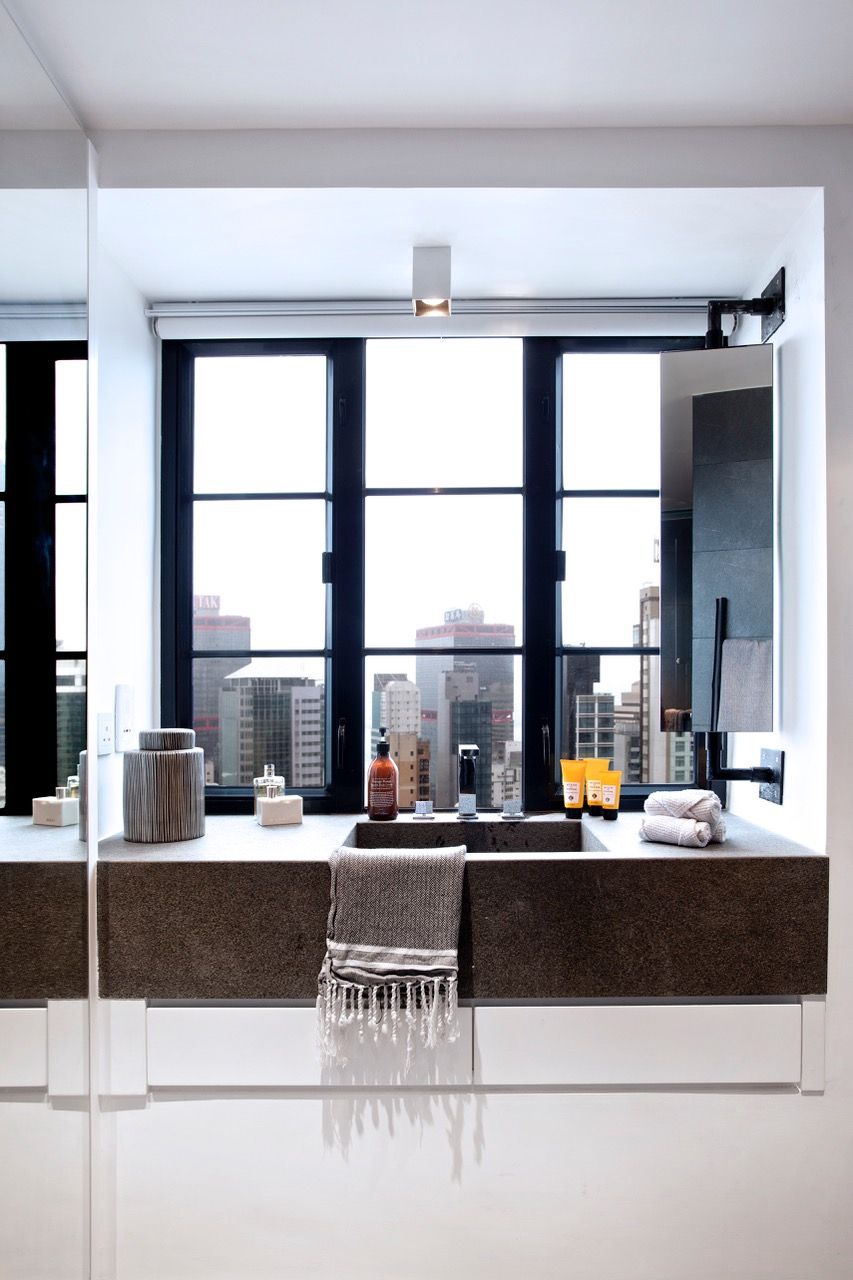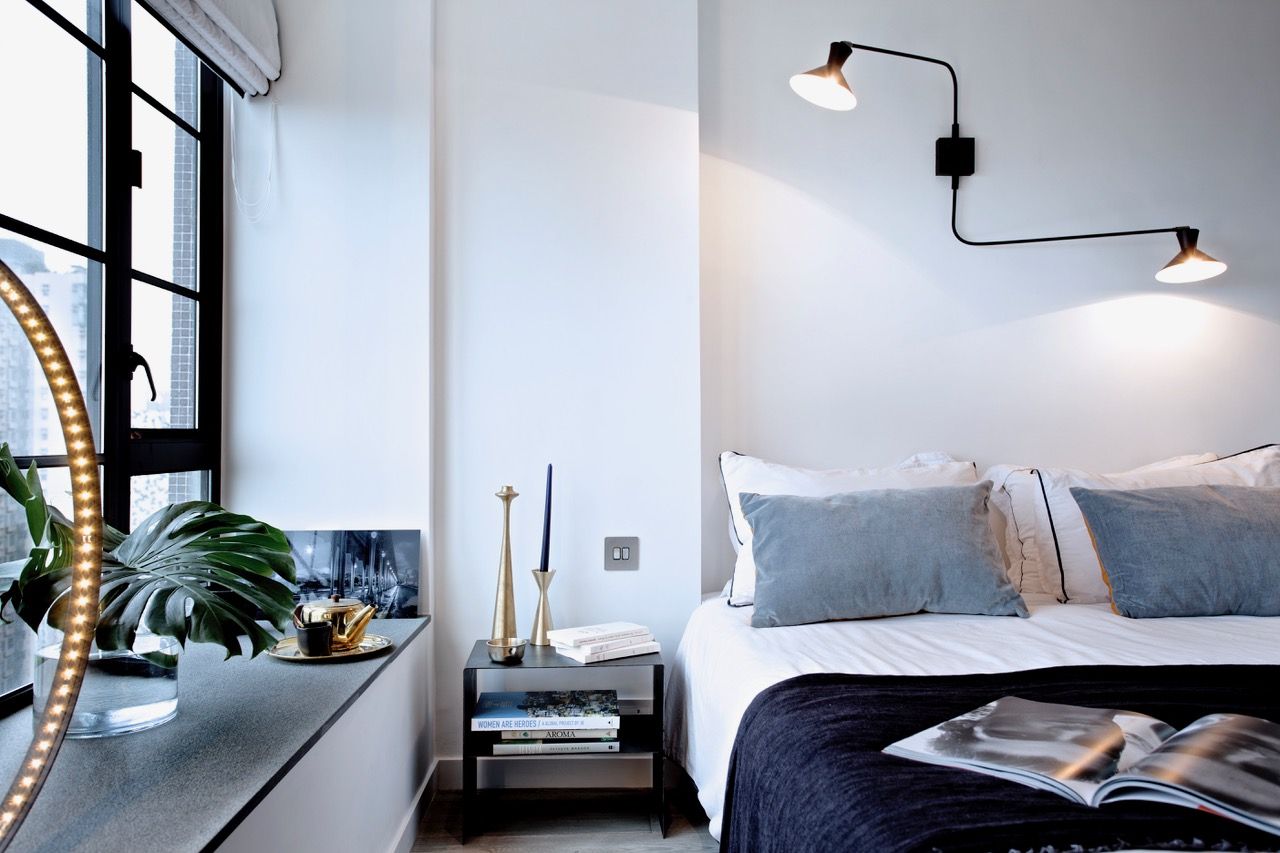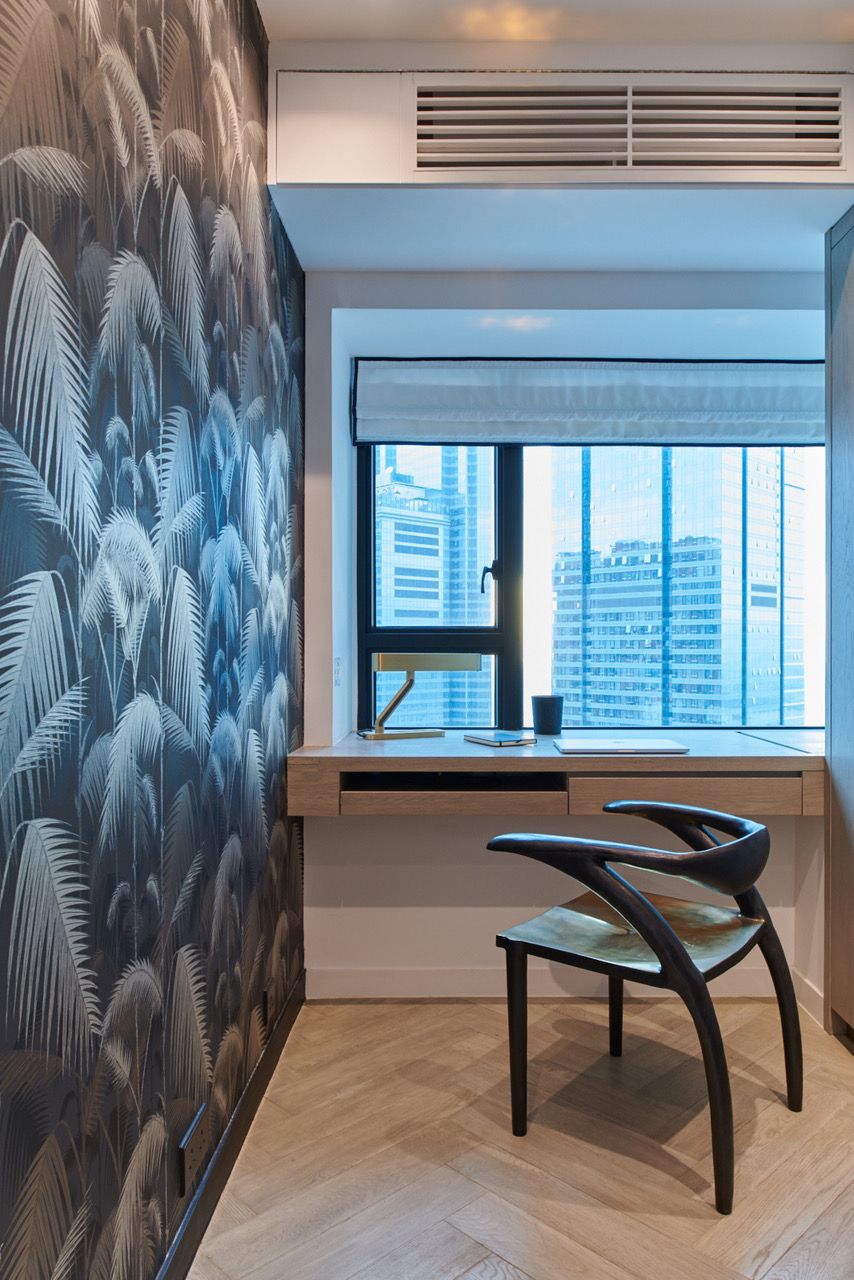Curious about those oversized bay windows in your Hong Kong home and can’t figure out what to do with them? Tatler asked experts why, and how you can make the most out of them
They’re everywhere in Hong Kong homes. We frequently see the presence of oversized bay windows preventing larger pieces of furniture fitting in a living room, creating an awkward corner in a bedroom, or taking up valuable real estate in bathrooms.
Oversized bay windows are common in high-rise residential properties that were built in Hong Kong between the 1980s and the 1990s, according to Hoyin Lee, Director of Architectural Conservation Programmes at the University of Hong Kong.
But why? To provide a short answer, says Lee, “more bay windows means more money for the developers.”
Read more: 5 Clever Bay Window Designs That Maximise the Use of Space

Bay windows don’t count as part of a development’s gross floor area (GFA), which is what is used to calculate the price of a unit per square foot. The exemption was granted because bay windows are thought to be an energy-efficient way of lighting a space, so their construction was encouraged.
This has created a loophole that those who are familiar with Hong Kong’s cutthroat real estate market won’t be surprised by. The exemption means it costs property developers nothing to own the space a bay window sits on. They can, however, sell the bay window space to a buyer for a considerable sum per square foot—and that’s exactly what’s happened.
In case you missed it: Ask A Property Expert: Why Do Hong Kong’s Buildings Have Holes In Them?



